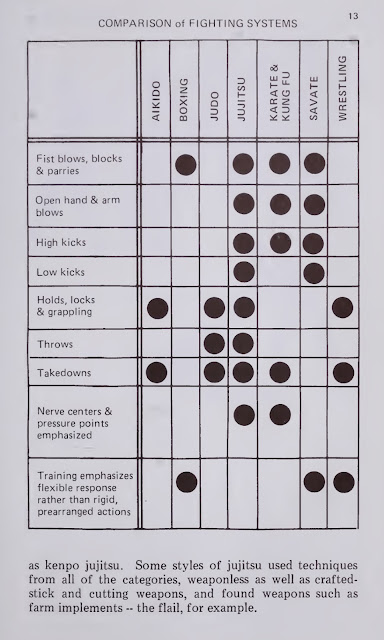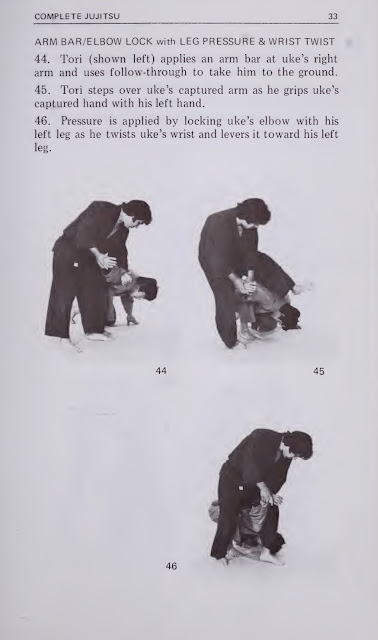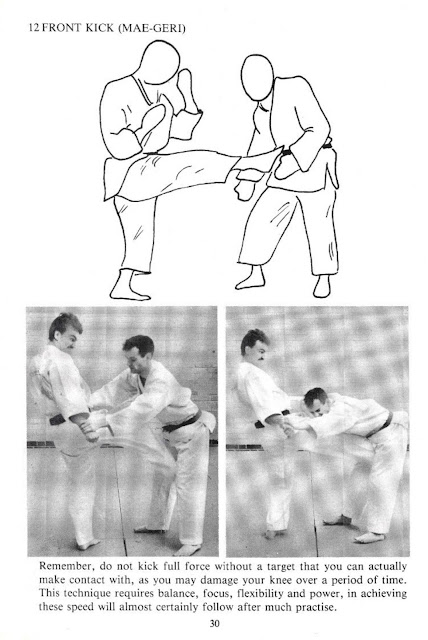June 2023 Book Survey Part 3
Welcome to the June 2023 book survey, part three. I decided to break this month's survey into four posts. The themes for this month are diverse, but include Japanese arts, Filipino arts, and European arts. These are generally the last print books in my library that have not been previously surveyed. Here are parts one and two.
Introduction
In June 2023, I (Richard) continued my book survey plan. This post examines several books on jujitsu. This is my preferred spelling for arts that are neither strictly Japanese "jujutsu" nor Brazilian "jiu-jitsu" or "jiujitsu." You'll see this spelling used by most of the books in this survey.
Jujitsu: Basic Techniques of the Gentle Art, George Kirby, 1983/1995
My copy of Jujitsu: Basic Techniques of the Gentle Art is a paperback measuring 5 7/8 inches by 8 7/8 inches with 128 black and white pages. The Internet Archive also has a copy. Kirby (born 1944) is a student of Sanzo Seki (1914-1998), and Kirby wrote a biographical article about his teacher. Wikipedia credits them as creators of the Budoshin style of jujitsu.
I bought a copy of this book after a Wally Jay seminar in the mid-1990s. (We'll see sensei Jay again shortly.) There is an updated 2011 edition, but it unfortunately still repeats historical myths about Bodhidharma and the origins of Chinese and Japanese martial arts. Old habits die hard, it seems.
The pictures in the IA copy are pretty fuzzy compared to my paperback, but they give you an idea of the content and presentation:
I like this book as an alternative form of "American" "jujitsu" that endures despite the juggernaut of Brazilian jiu-jitsu. It contains about 100 pages of techniques, and the clear photos show a good progression that readers can follow.
Jujitsu: Intermediate Techniques of the Gentle Art, George Kirby, 1985/1996
My copy of Jujitsu: Intermediate Techniques of the Gentle Art is another paperback of the same size, with 208 black and white pages. The presentation is similar to the previous title:
If you have the first book, you will probably want this sequel. It starts with about 30 pages of theory and continues with about 200 or more pages of techniques.
Jujitsu: Advanced Techniques for Redirecting an Opponent's Energy, George Kirby, 2015
At this point I must admit some confusion concerning professor Kirby's books.
I bought a copy of Jujitsu: Advanced Techniques for Redirecting an Opponent's Energy because it seemed to be "volume 3" in his jujitsu series. However, this appears to be his 7th title for Ohara/Black Belt.
This book appears to be a sequel to his books Advanced Jujitsu: The Science Behind the Gentle Art (2006) and Jujitsu Figure-4 Locks: Submission Holds of the Gentle Art (2009).
In 2001 he also published Jujitsu Nerve Techniques: The Invisible Weapon of Self-Defense, which commands a hefty price on the secondary market.
His latest book, published in 2019, is not sold in the usual places, although I found this review by MAYTT.
Kirby describes this title as "my third book dealing with jujitsu and the arts of judo, aikido, and karate in a conceptual manner, rather than just presenting more techniques."
This book indeed integrates theory and technique. It presents great clear photos of varying sizes, with a modern layout and modular design.
Bruce Tegner's Complete Book of Jujitsu, Bruce Tegner, 1978/1986
I realized I had mentioned Bruce Tegner (1929-1985) so many times in this blog that I just created a label for him.
My copy of Bruce Tegner's Complete Book of Jujitsu is a paperback measuring 5 1/2 inches by 8 1/2 inches with 192 "brown and white" pages. There is a copy available at the Internet Archive.
This book teaches holds & locks, hand & foot blows, trips & throws, and kneeling & sword katas.
The history is sketchy, similar to the Kirby books. On page 9 Tegner writes "Japan may have been the last of the Asian countries to acquire the martial arts." On page 10 and elsewhere he says "Dr. Kano," although we know that professor Kano earned the equivalent of a master's degree, not a PhD.
On page 13, Tegner presents another version of his "comparison of fighting systems" chart:
When compared to the version in his Nerve Centers book surveyed in part one, here judo is NOT listed as one of the art where "training emphasizes flexible response rather than rigid, prearranged actions." That seems odd, and I wonder if this is an older chart? It's difficult to tell by copyright and publication dates, as all of his books have multiple versions of each.
This book includes photos from older unsourced judo and jujutsu books, e.g.:
The photos aren't bad, but sometimes it can be tough to see what is happening:
Overall, if you're a Tegner fan like me, you probably want this book.
Traditional and Modern Ju-Jitsu, Paul J. L. Davies, 1989
I came across Traditional and Modern Ju-Jitsu in my studies, and bought a paper copy because it seemed like another interesting take on non-Brazilian jujitsu. In this case, the author is from the UK.
My copy is a paperback measuring 5 3/4 inches by 8 1/4 inches with 146 black and white glossy pages. Wally Jay provided a brief foreword. There is a nice mix of photographs and drawings, with armed and unarmed techniques.
The multiple attacker scenarios are a bit unrealistic however:
This book is probably of interest to researchers, but not too many others.Small-Circle Jujitsu, Wally Jay, 1989/1995
I bought my copy of Wally Jay's Small-Circle Jujitsu after taking a seminar with him in the mid-1990s. Professor Jay lived from 1917 to 2011 and was a fixture in the martial arts community. There is a copy on the Internet Archive. Professor Jay published a book on his art in 1981 as well, but I will survey that at a later time.
My edition is a paperback measuring 6 inches by 8 7/8 inches with 256 black and white pages. It has the standard Ohara/Black Belt layout:
The "history" material, before the techniques, is confusing. I tried to decipher it, but gave up. For that reason I think professor Jay's son Leon wrote the next title.
Small Circle Jujitsu: History and Practice, "Oshiego" [Leon Jay and Peter Hobart], 2020
I bought a copy of Small Circle Jujitsu: History and Practice because I was pleased to see a new book on professor Jay's art several years after his passing. The book is attributed to "Oshiego," which apparently means "student or disciple," but the copyright is assigned to Leon Jay. It appears Peter Hobart and Leon Jay wrote the book.
This is an eclectic work. It is self-published and print on demand, and reminds me of books from the 1950s or 1960s with simple diagrams and "family photos" of historical interest.
I think it's worth a look if you are a small circle student.
Conclusion
There are no "must buys" in this collection, but if you are interested in non-Brazilian "jujitsu," check out one or more of these titles on the Internet Archive.
In the next post we continue our survey of the last print titles in my library.
You may know about our Amazon Wish List. If you would like to help us get books to read and review from that list, then please consider supporting us via Buy Me a Coffee.
If you like this article, check out our Facebook page, Instagram account, Twitter feed, and Amazon Wish List. Be devoted!


























Comments
Post a Comment